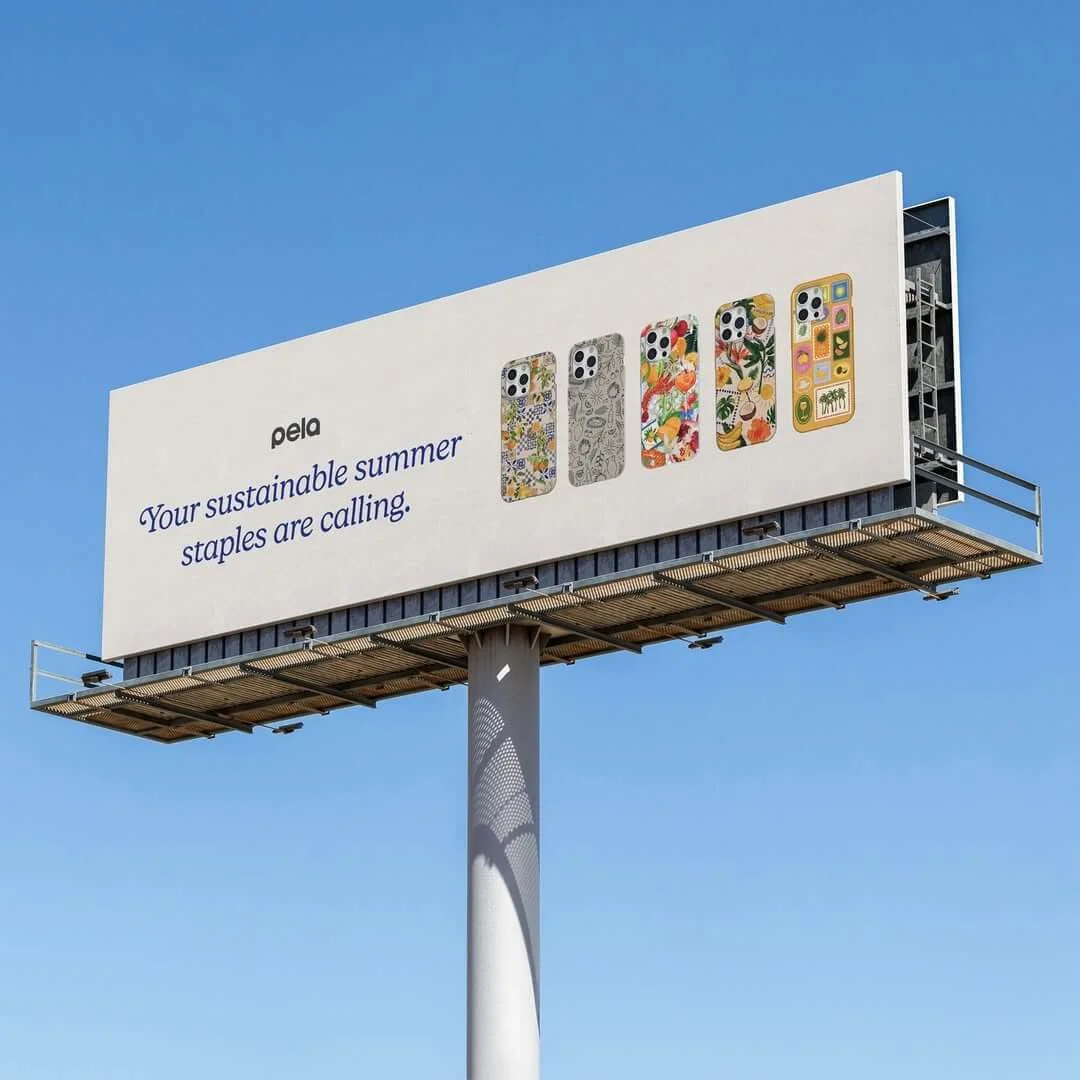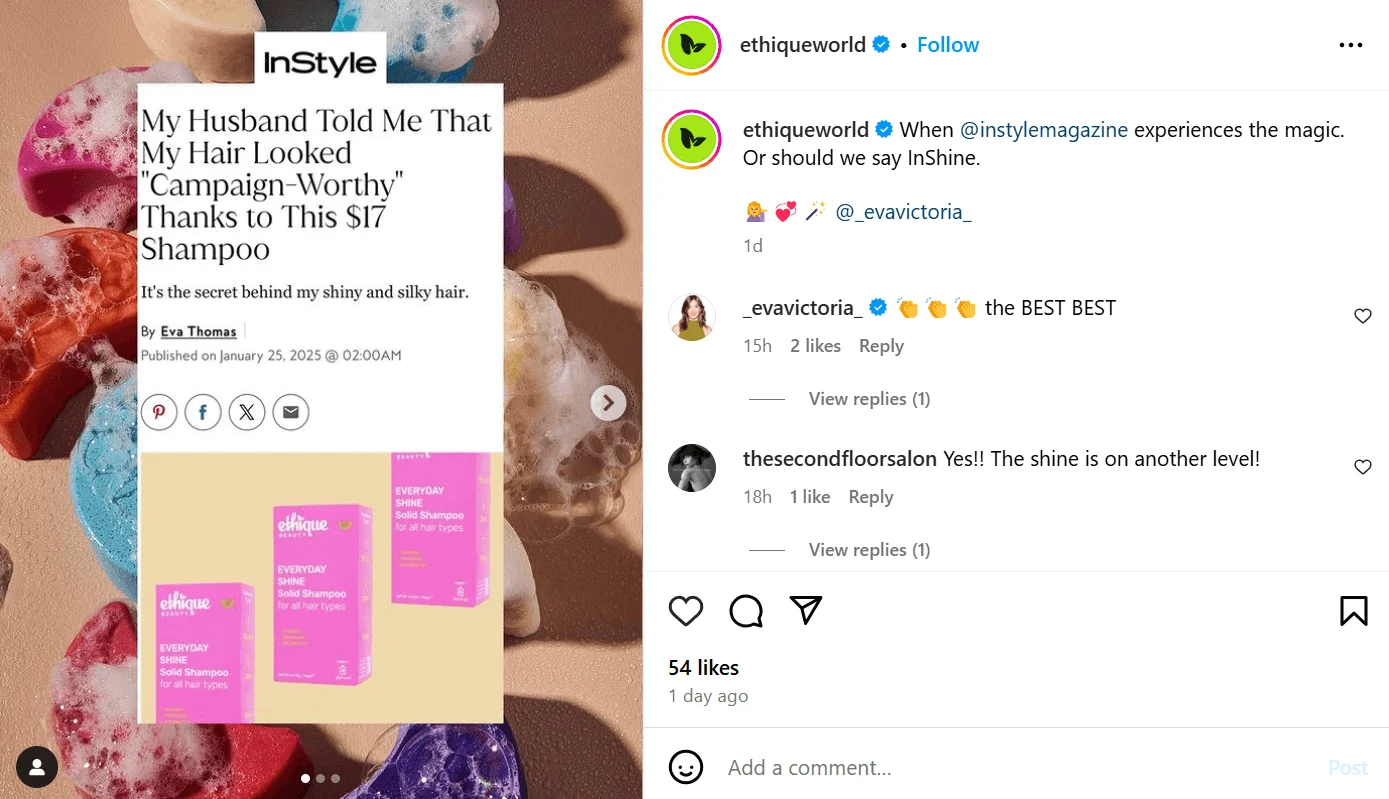Ever had one of those moments that changes everything?
Imagine this: You’re strolling a Hawaiian beach, dreaming of turquoise waves… only to trip over a mountain of plastic trash. It’s a stark reminder of the problem we’re facing. Most folks would snap a pic, rant on Instagram, and move on. Not Jeremy Lang. He saw a bigger issue—why do phone cases last centuries when we only use them for a couple of years? That question led to the creation of Pela, the world’s first compostable phone case.
But here’s the kicker: People didn’t just buy Pela for the product. They bought into the mission. Lang didn’t present a flawless startup fairytale—he was open about the challenges. From testing materials to figuring out manufacturing, the journey was full of hurdles. Pela wasn’t just selling phone cases; it was rallying people behind a movement against plastic waste.
That’s the power of storytelling. It’s not about pushing a product—it’s about making people feel something. And if you’re a sustainable startup (or any business, really) trying to break through the noise, your story isn’t just marketing—it’s your superpower.
Why Your Origin Story Matters More Than a Perfect Pitch
Facts fade. Feelings stick.
Take Pela. Nobody was initially excited about compostable polymer blends. But a founder grappling with guilt on a trash-strewn beach? That hooked people. Lang didn’t hide the struggles—he made them part of the brand’s DNA. Through authentic storytelling, Pela turned into more than a product. It became a cause.
The takeaway? Ditch the scripted brand story. People don’t connect with polished perfection; they connect with real, human struggles. Your business might need a clear niche, but your content needs to feel like a human created it—not a marketing department.

Cutting Through the “Green” Noise
Sustainability claims are everywhere. Customers aren’t just skeptical—they’re overwhelmed. The solution? Get uncomfortably real.
Take Who Gives A Crap—they sell toilet paper. Not exactly thrilling. But when co-founder Simon Griffiths livestreamed himself sitting on a toilet for 50 straight hours to fund their launch, it wasn’t just a stunt—it was a statement. It made people stop, watch, and care.
Lesson? Embody your mission in unexpected ways. Whether it’s humor, vulnerability, or raw honesty, make sure people feel something when they hear your story. Sometimes the most unexpected approaches—like using absurdist humor to tackle serious topics—can cut through the noise more effectively than traditional messaging.

Crafting a Brand Story That Sticks
Your story isn’t a branding exercise—it’s the backbone of your business. Here’s how to craft one that resonates:
Start With Purpose, Not Marketing
Your mission isn’t just a tagline—it’s what you fight for. Ethique, the zero-waste beauty brand, didn’t set out to create a trendy product. Founder Brianne West was fed up with plastic in the beauty industry, so she started making solid shampoo bars in her kitchen. Her early customers weren’t just buyers; they were part of a movement to eliminate plastic bottles from bathrooms.
The takeaway? If your story starts with “How do we sell this?” instead of “What problem are we solving?”—start over.
Make Your Customers the Heroes
Most brands tell stories where they’re the savior. That’s a mistake. Your customers should be the protagonists, with your brand as the guide.
Better Packaging Co. nails this. Instead of just boasting about their plant-based packaging, they highlight customers using it in creative ways and pushing for better solutions. Their social media isn’t just about their brand—it’s about the bigger mission to solve packaging waste.
Put your audience in the spotlight. Make them feel like co-creators, not just consumers.
Share the Mess, Not Just the Success
Perfect brands are forgettable. Imperfect ones are relatable.
While some brands focus on perfection, others invite customers into their journey. Brands that share their behind-the-scenes process—wins and failures alike—tend to build stronger trust and loyalty. It makes the brand feel like a real journey, not a marketing campaign.
The more transparent you are about your process, the more people will trust you.

Getting Your Story in Front of the Right People
A great story is useless if no one hears it. Here’s how to amplify yours:
Turn Social Media Into a Storytelling Platform
Ditch the polished product shots. Share behind-the-scenes moments, customer experiences, and even failures—your internal knowledge often contains the most compelling stories. Patagonia doesn’t just sell jackets—they share gripping stories of environmental activism. Be the brand that sparks conversations, not just ads.
Create Videos People Actually Want to Watch
FinalStraw, a collapsible straw startup, didn’t make another sad ocean pollution video. Instead, they launched with a bold, irreverent Kickstarter campaign that used humor to make sustainability engaging. Their playful approach—using humor and satire—helped them smash crowdfunding records and stand out in a sea of dry eco-marketing.
Your videos don’t need Hollywood budgets—they need personality. Sometimes the most unexpected content goes viral simply because it feels genuine. Show your founder geeking out over a product breakthrough. Capture the real moments. Make people feel like they’re part of something.
SEO That Actually Helps People
Most brands stuff their content with generic keywords. That’s lazy, especially when traditional SEO strategies are becoming obsolete. Instead, focus on real problems your audience faces. Better Packaging Co. writes about packaging challenges most businesses won’t admit exist. That builds trust—and traffic.
And one more thing—if your website takes forever to load, fix it immediately.
Back Up Your Claims With Proof
Skepticism is at an all-time high. If you’re making bold claims, show receipts. Ecosia (the search engine that plants trees) doesn’t just say they fund reforestation—they provide real-time updates on how many trees they’ve planted and where. Transparency wins.

Your Story Isn’t a Sales Tactic—It’s a Movement
From Pela’s plastic-free mission to Who Gives A Crap’s unconventional launch, the best sustainable brands understand one thing: People don’t just buy products. They buy beliefs.
Your story—raw, unpolished, and human—is what turns casual buyers into lifelong advocates. So ditch the corporate mask. Share the real journey. And, most importantly, make it mean something.
Because in a world flooded with marketing noise, the brands that win aren’t the loudest. They’re the most real.
Ready to turn your brand’s story into a movement? Let CREZEMO help you craft a narrative that resonates and drives results.
FAQs
1. What is greenwashing?
Greenwashing is when a company exaggerates or fakes its environmental efforts to appear more sustainable than it really is. It often involves vague claims, misleading labels, or hiding the real impact behind feel-good messaging. Consumers are more informed now. If your claims aren’t real or verifiable, they’ll see through it fast.
2. What content formats work best for environmental startups?
Customer success stories and testimonials, behind-the-scenes process videos, founder journey narratives, educational content about environmental issues, user-generated content showcasing impact, and transparent progress updates work well. Mix formats but prioritize authentic, unpolished content over perfectly produced marketing materials.
3. How to market sustainability?
Provide specific, measurable proof of your environmental impact with real data and transparency. Share your actual processes, challenges, and ongoing improvements rather than vague claims. Let third parties validate your efforts and be honest about areas where you’re still improving. Focus on genuine mission-driven content over marketing tactics.

